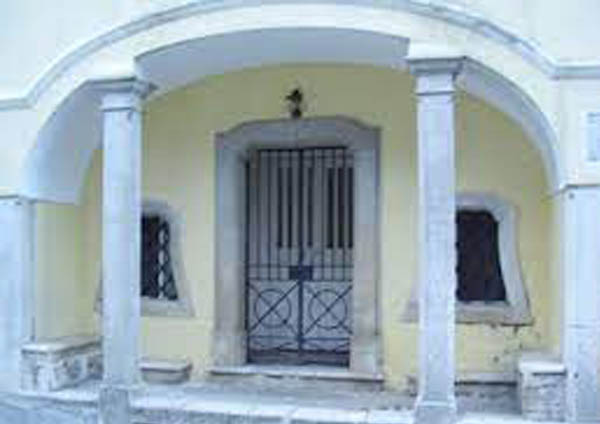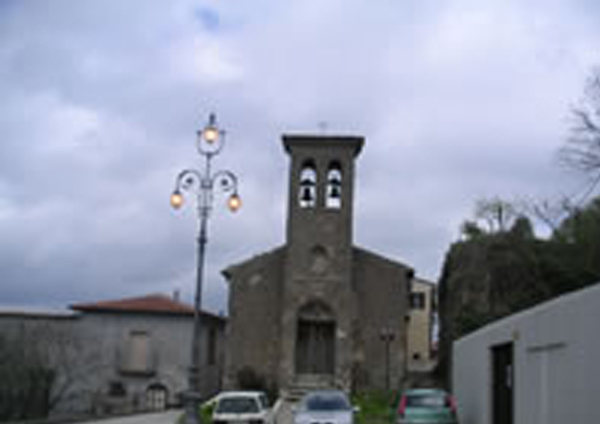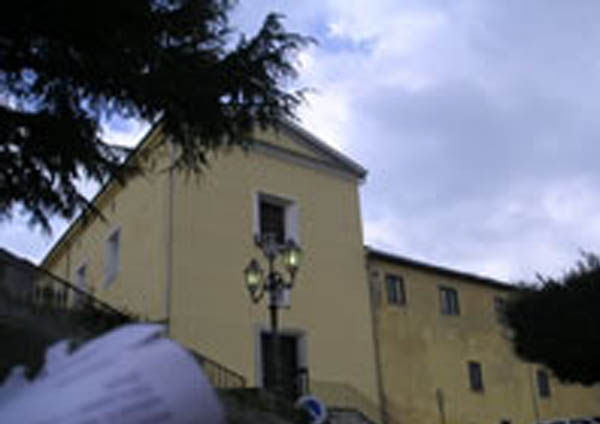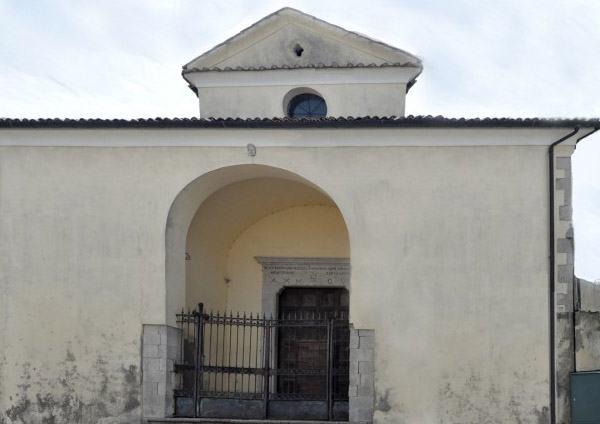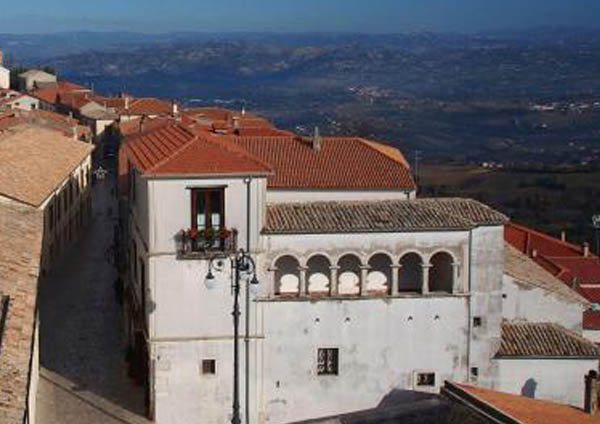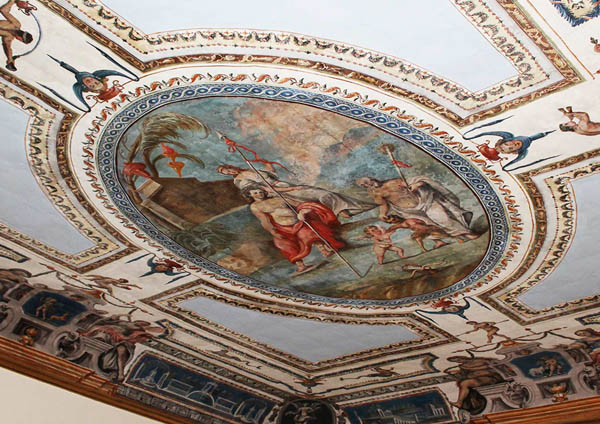Montefusco
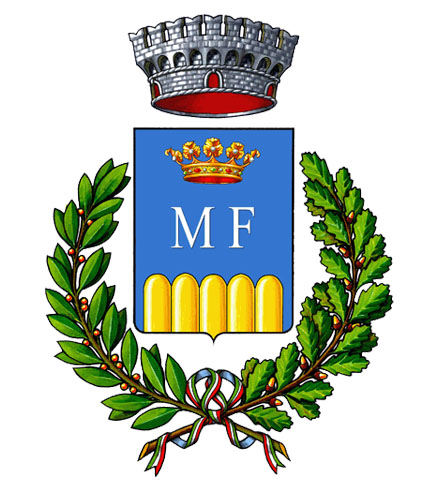
HISTORY – ETYMOLOGY
Recent studies trace its place name back to the union of Mons and Fusculi (Mount of Foscolo). Foscolo would be a Roman or Lombard character who was the first to have owned the mountain or founded the castle. This hypothesis weakens the one that linked the birth of Montefusco to the ancient Fulsulae, destroyed by the consul Fabius Maximus, or to other more fanciful seventeenth-century ones such as Monte Fosco.
FOUNDATION
The exact location and timing of the foundation of Montefusco still remain shrouded in mystery. Only in-depth studies in various fields, such as archaeology, could possibly shed light on the matter. Although human settlements in the territory of Montefusco date back to prehistoric times, its existence in the Roman era is attested by existing artifacts (a Roman bronze diploma kept at the Museum of Reggio Calabria, coins, and inscriptions on gravestones, the latter currently kept in the courtyard of the Municipal Palace, or materials used in the construction of other buildings. Some evidence can also be seen in churches such as that of San Giovanni del Vaglio). To trace the history of Montefusco up to the Lombard period, when it began its ascent as a center of considerable importance for several centuries, there are not a few difficulties in the absence of written sources, and not only that. But it is also true that it is not far from reality to assert that there were settlements on the top of the mountain prior to the arrival of the Lombards.
HISTORICAL HIGHLIGHTS
Montefusco is located at an altitude of 707 meters above sea level. What is today for us a natural observatory with a breathtaking view was not overlooked by the Lombards who knew how to exploit and enhance the strategic potential of its geographical position. In fact, Montefusco presented important requirements for that past: it represented a natural fortress since it was located in a strategic position from which it was possible to attack enemies or defend against them. In addition, Montefusco was rich in water sources. The historical tradition traces back to the Lombards in the 9th century the fortification of the walls and a first settlement, probably on a previous castrum, which would later become a real castle. Montefusco, like other towns in the area, was included in the defensive circle of the Duchy of Benevento, part of the policy of fortification that raids – especially those of the Saracens and Byzantines but also the same struggles among the Lombards – made necessary. Therefore, the proximity to Benevento was another important factor of its importance, and when in 849, the Lombard Principality of Benevento split from that of Salerno into two rival principalities, Montefusco began to have an increasingly strategic role that would lead it, in the following centuries, to assume the role of capital of the Principato Ultra. With the arrival of the Normans, Montefusco enters the written sources of the Chronicles of the historian Falcone Beneventano of 1114, and its castle was already described as ingens (large) and as a political, military reality already structured. This happened a few years after the fall of the ancient Lombard Principality which, losing its capital Benevento – which entered the papal domain – saw its entire former territory annexed to the Lombard Principality of Salerno, taking the name of Province of Principato and Terra Beneventana.
Audio-Guide
NEAPOLITAN REPUBLIC
This is a placeholder tab content. It is important to have the necessary information in the block, but at this stage, it is just a placeholder to help you visualise how the content is displayed. Feel free to edit this with your actual content.
Audio-Guide
With the arrival of the French in Naples and the proclamation of the Parthenopean Republic in January 1799, the municipality of Montefuscolo also fell into the hands of the pro-French republicans, and the president of the municipality (mayor) Giacomo Urciuoli soon went to Naples to present the act of submission to the new regime. The enthusiastic reception of revolutionary principles by the intellectual community, however, was not shared by the entire population, some of whom still supported the Bourbon monarchy and the anti-republican uprisings that animated the area in the following months. Already in April 1799, Montefuscolo was conquered by pro-Bourbon insurgents, only to be reoccupied by the French in the first days of May, and finally recaptured by the troops of Lieutenant Filippo Venuti, as the forces of Cardinal Ruffo’s Sanfedist army advanced.
KINGDOM OF THE TWO SICILIES
At the dawn of Italian unification, the Kingdom of the Two Sicilies, divided into 22 provinces, was by far the largest Italian state in terms of territory and population (around 9 million). Its capital, Naples, was the largest city in Italy and one of the most important in Europe.
Audio-Guide
The Bourbon’s simultaneously reformist and traditionalist policies had made it the third most industrialized country on the continent (a recognition awarded during the Paris Universal Exhibition of 1856), with significant economic and technical achievements that demonstrated how the Industrial Revolution was also taking root in the South.
